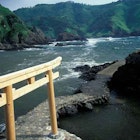
Western Honshū


©Sean Pavone/Shutterstock
Overview
Travelers to Western Honshū (本州西部) will find a tale of two coastlines. San-yō (literally "sunny side of the mountains"), looking southwards out over the Inland Sea, boasts the bigger cities, the narrow-laned portside and hillside towns, ceramic history and the fast train. This coast holds the region's big name – indelibly scarred but thriving and warm-hearted Hiroshima.
Attractions
Must-see attractions

Hiroshima
Hugged by rivers on both sides, Peace Memorial Park is a large, leafy space crisscrossed by walkways and dotted with memorials and tranquil spaces for…

Western Honshū
Izumo Taisha, also known as Izumo Ōyashiro, is perhaps the oldest Shintō shrine in Japan. This shrine, dedicated to Ōkuninushi, god of marriage and…

Western Honshū
Kōraku-en draws the crowds with its reputation as one of the three most beautiful gardens in Japan. It has expansive lawns broken up by ponds, teahouses…

Miyajima
With origins as far back as the late 6th century, Itsukushima-jinja gives Miyajima its real name. The shrine's unique and attractive pier-like…
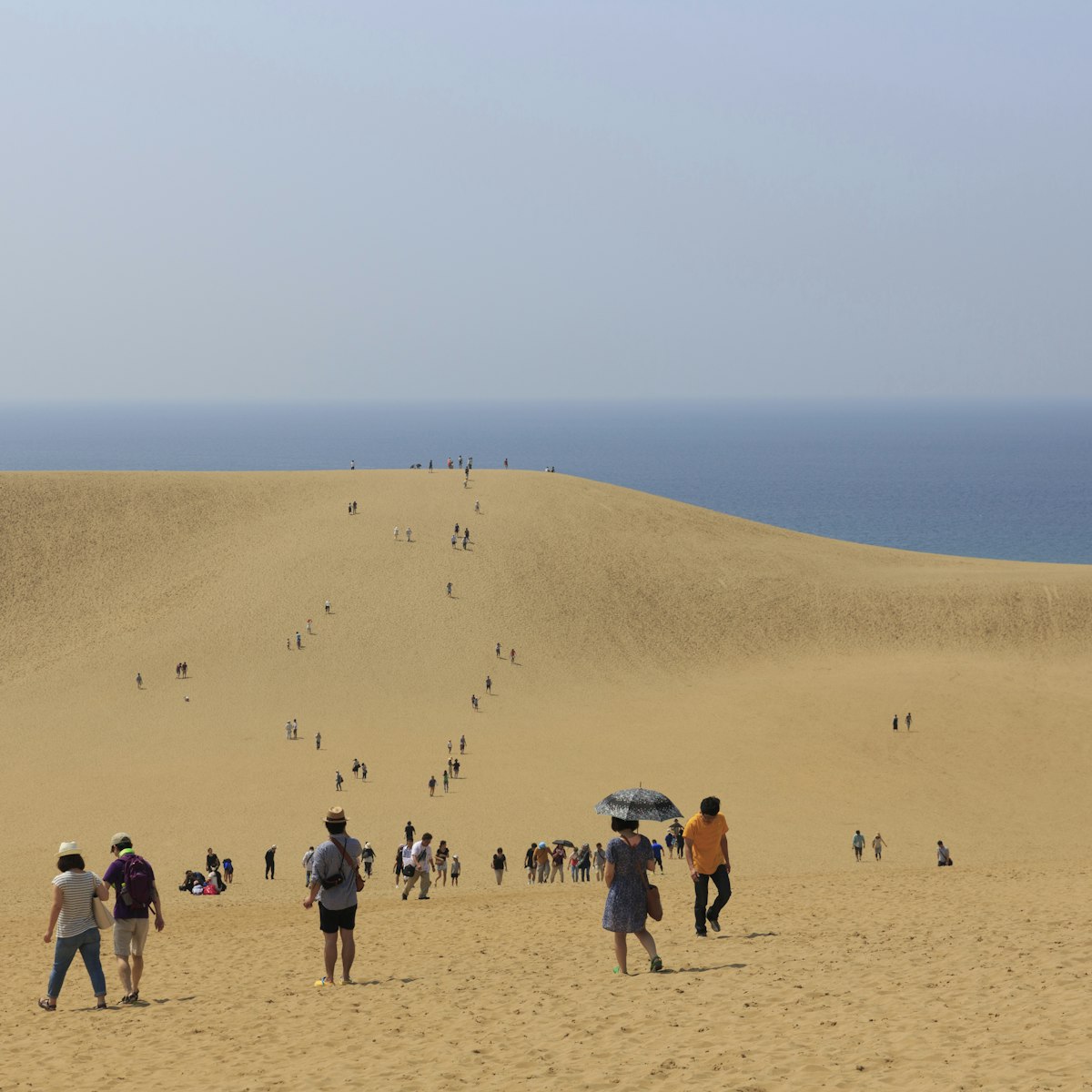
Western Honshū
Used as the location for Teshigahara Hiroshi's classic 1964 film, Woman in the Dunes, the Tottori sand dunes are on the coast about 5km from the city…

Hiroshima
Perhaps the starkest reminder of the destruction visited upon Hiroshima in WWII is the Atomic Bomb Dome. Built by a Czech architect in 1915, it was the…
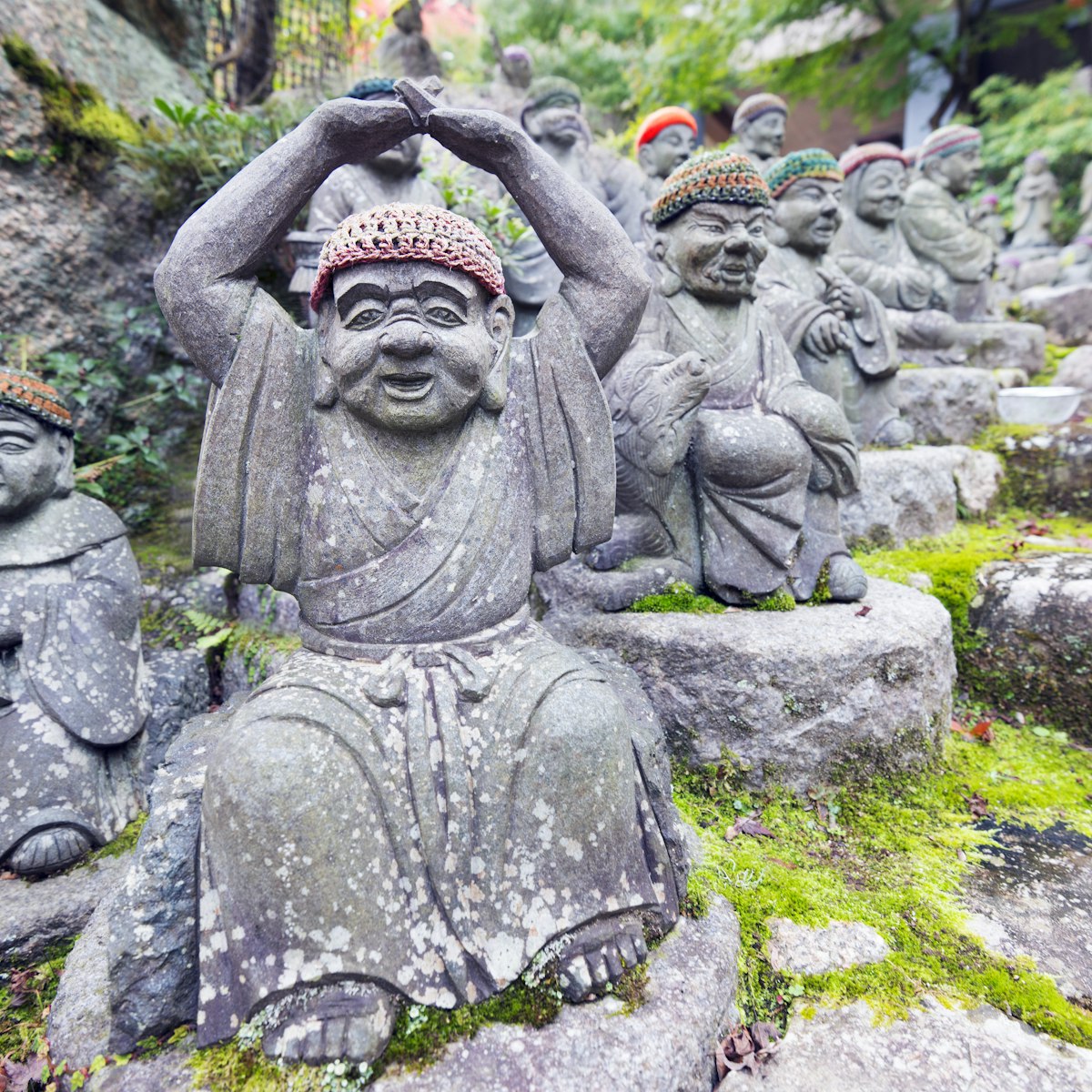
Miyajima
Just south of town at the foot of Misen, Daishō-in is a worthwhile stopping point on the way up or down the mountain. This Shingon temple is crowded with…

Miyajima
Covered with primeval forest, the sacred, peaceful Misen is Miyajima's highest mountain (530m), and its ascent is the island's finest walk – especially in…
Plan with a local
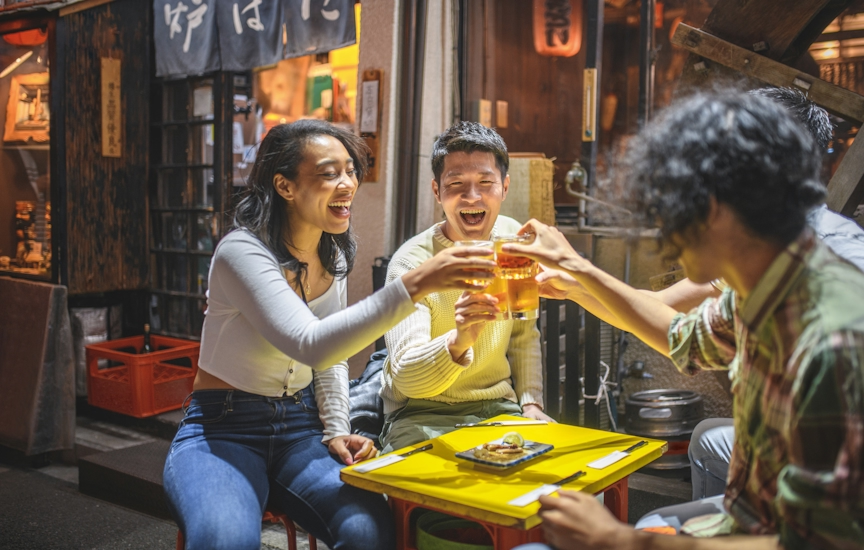
Articles
Latest stories from Western Honshū
Filter by interest:
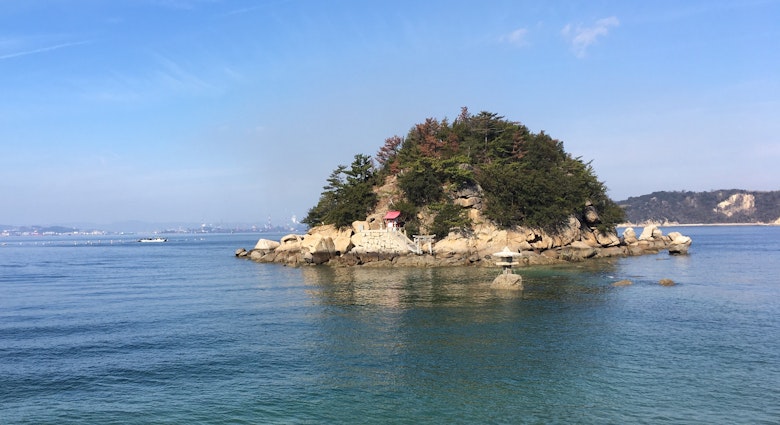
Build a memorable collection
Get to the heart of Western Honshū with one of our in-depth, award-winning guidebooks, covering maps, itineraries, and expert guidance.



